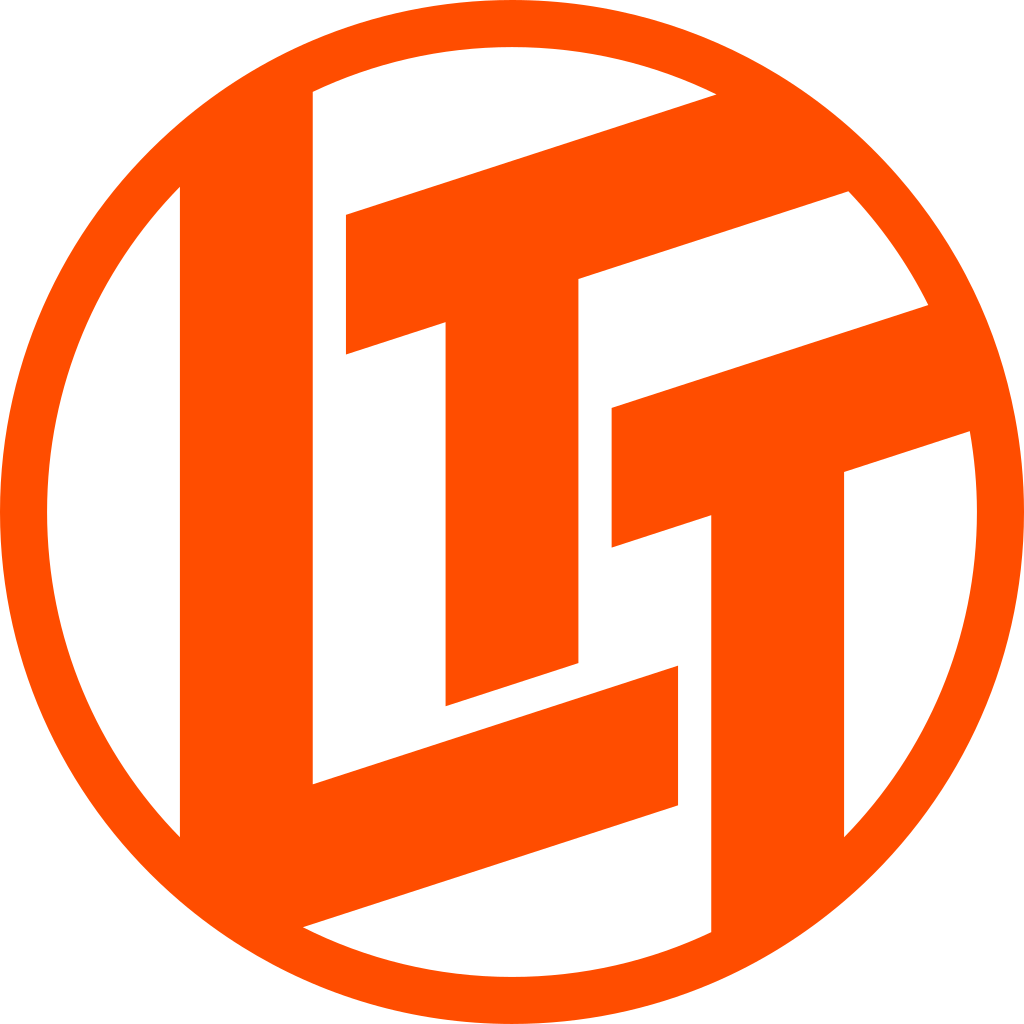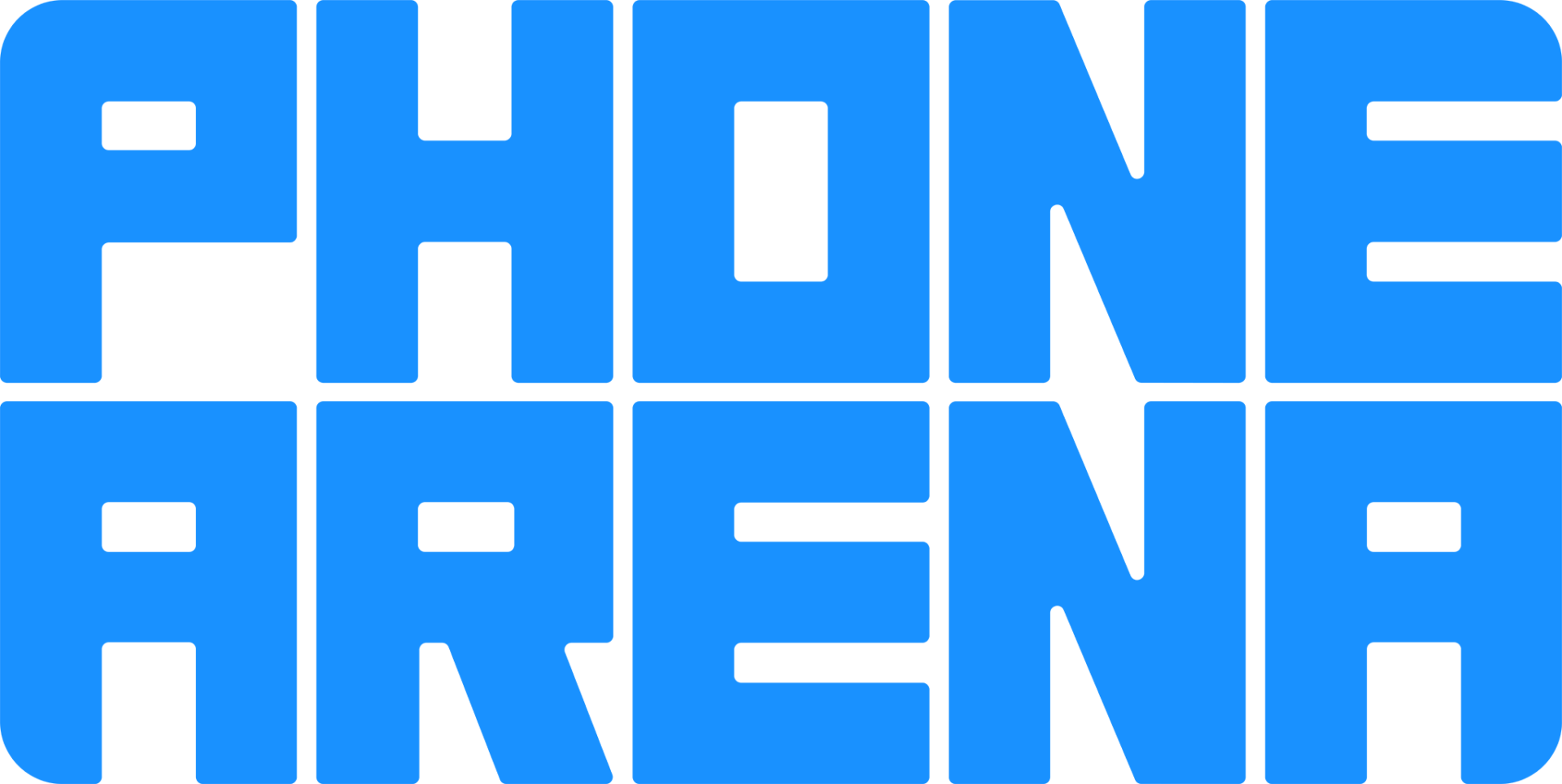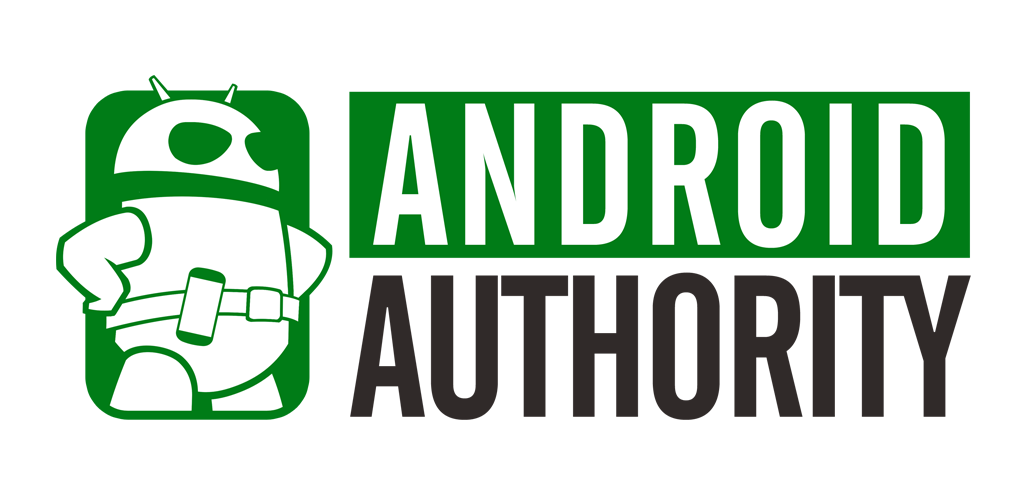A comparison of specs, key information, reviews, and best pricing from top retailers
Last updated -- hours ago | Report incorrect information
What we think

The PerfectRec laptop team Learn more
Updated January 10, 2024·
The ASUS Zenbook Duo 14 is more affordable, lighter, and boasts longer battery life, making it well-suited for portability and everyday tasks. Its dual-screen feature may appeal to multitaskers or creative users. In contrast, the Razer Blade 17 offers superior performance for intensive tasks such as engineering, 3D rendering, and gaming, due to its high-end processor and powerful graphics card, but it is pricier, heavier, and has shorter battery life, which may limit its portability. The Blade's larger, higher-resolution display without touchscreen offers a better visual experience, particularly for creative professionals and gamers. Give Feedback
this description is based on the product variant with some specs and product variant with some specs. At the time of writing, the variant with some specs cost some dollars and the variant with some specs cost some dollars.
Advantages of the ASUS Zenbook Duo 14
- Very good portability
- Good battery life
Advantages of the Razer Blade 17
- Very good for general use
- Excellent for engineering and design
- Very good for gaming and AI
- Very good for software development
- Very good for content creation
- Very good overall display quality
- Very good overall build quality
- Excellent speakers
- Excellent keyboard
Key differences
General Use
7.1


8.5
1920 x 1080
RESOLUTION
3840 x 2160
IPS
DISPLAY TECHNOLOGY
IPS
314.0 nits
DISPLAY BRIGHTNESS
486.0 nits
8.5 Hours
BATTERY LIFE
5.5 Hours
6.7/10
KEYBOARD QUALITY SCORE
9.0/10
8.2/10
PORTABILITY SCORE
6.7/10
The Razer Blade 17 is very good for general use, while the ASUS Zenbook Duo 14 is good.
The Razer Blade 17 offers superior performance for general use with its high-end processor and ample RAM, which makes multitasking and demanding applications run smoothly, whereas the ASUS Zenbook Duo 14 has a fair performance with a mid-range CPU and less RAM, making it suitable for less intensive tasks. Additionally, the Razer Blade has a larger and higher quality screen but is less portable and has a shorter battery life than the ASUS, which is lighter and offers a longer battery life, making it more suitable for on-the-go usage.
Gaming and AI
6.1


8.6
3.7/10
OVERALL GPU SCORE
9.2/10
1920 x 1080
RESOLUTION
3840 x 2160
60Hz
REFRESH RATE
144Hz
No
SUPPORTS DLSS
Yes
No
MUX SWITCH / ADVANCED OPTIMUS
Yes
7.0/10
FAN NOISE SCORE
7.2/10
The Razer Blade 17 is very good for gaming and AI, while the ASUS Zenbook Duo 14 is only fair.
The Razer Blade 17 offers superior gaming and 3D performance mainly because it has a much more powerful Nvidia RTX 3080 Ti graphics card and a higher screen refresh rate, catering well to fast-paced visuals in games. In contrast, the ASUS Zenbook Duo 14 has a more modest integrated graphics capability with its Intel Iris Xe and a standard refresh rate screen, making it less ideal for demanding gaming or 3D applications.
Engineering and Design
6.6


9.1
5.5/10
OVERALL CPU SCORE
9.2/10
3.7/10
OVERALL GPU SCORE
9.2/10
8.0 GB
RAM
32.0 GB
The Razer Blade 17 is excellent for engineering and design, while the ASUS Zenbook Duo 14 is only fair.
The ASUS Zenbook Duo 14 has solid components for engineering and design, but the Razer Blade 17 edges ahead with a more powerful CPU, GPU, and higher RAM capacity, which are very important for these tasks. While both laptops offer good screen quality, the Razer's superiority in core performance specs makes it excellent for more demanding engineering and design applications, although it is less portable and might have a louder operating noise due to its higher power components.
Content Creation
7.3


8.5
5.5/10
OVERALL CPU SCORE
9.2/10
1920 x 1080
RESOLUTION
3840 x 2160
8.0 GB
RAM
32.0 GB
IPS
DISPLAY TECHNOLOGY
IPS
The Razer Blade 17 is very good for content creation, while the ASUS Zenbook Duo 14 is good.
PerfectRec’s Content Creation Score takes into account the many different features of the laptop that make it more or less suitable for photo editing, video editing and other content creation tasks.
Software Development
7.0


8.5
5.5/10
OVERALL CPU SCORE
9.2/10
8.0 GB
RAM
32.0 GB
1920 x 1080
RESOLUTION
3840 x 2160
6.7/10
KEYBOARD QUALITY SCORE
9.0/10
The Razer Blade 17 is very good for software development, while the ASUS Zenbook Duo 14 is good.
PerfectRec’s Software Development Score takes into account the many different features of the laptop that make it more or less suitable for software developers.
Screen Quality
6.8


8.6
14.0in
SIZE
17.3in
1920 x 1080
RESOLUTION
3840 x 2160
IPS
DISPLAY TECHNOLOGY
IPS
60Hz
REFRESH RATE
144Hz
314.0 nits
BRIGHTNESS
486.0 nits
The Razer Blade 17 has a better screen than the ASUS Zenbook Duo 14 for general use, gaming and AI, engineering and design, content creation, and software development.
If you prioritize a sharp, bright display for everyday tasks or detailed engineering work, the ASUS Zenbook Duo 14 offers clear visuals but may lack the vibrant color range professionals need. The Razer Blade 17, on the other hand, excels in color representation, making it ideal for precision work in design and engineering fields. For gaming and 3D applications, both laptops may underperform due to lower refresh rates, impacting smoothness and responsiveness during fast-paced scenes.
Battery
8.5 Hours


5.5 Hours
The ASUS Zenbook Duo 14 has 8.5 hours of battery life. The Razer Blade 17 has 5.5 hours of battery life.
Battery life estimate is based on a mix of common use patterns. More portable and higher performing laptops tend to have less battery life.
Portability
Very Good


Fair
14.0in
SIZE
17.3in
3.6 lbs
WEIGHT
6.0 lbs
0.6in
THICKNESS
0.7in
The ASUS Zenbook Duo 14 has very good portability, while the Razer Blade 17 has only fair portability.
The most portable laptops are small, thin, and light.
Build Quality
7.8


8.5
The Razer Blade 17 has very good build quality, while the ASUS Zenbook Duo 14 has good build quality.
PerfectRec’s Build Quality Score incorporates case materials, display and keyboard flex, hinge quality, and overall reliability.
Cost
$999


$4,300
$500
$1,000
$1,500
$2,000
$2,500
$3,000
$3,500
$4,000
The ASUS Zenbook Duo 14 has a price of $999 and the Razer Blade 17 costs $4,300.

Let Us Help Find Your Perfect Laptop
Find your new laptop
Give feedback
We’re constantly working to improve.
How the ASUS Zenbook Duo 14 and the Razer Blade 17 compare to other laptops
Spec Comparison
| ASUS Zenbook Duo 14 | Razer Blade 17 |
GENERAL | |||
|---|---|---|---|
| Price | |||
$999 | $4,300 | ||
Release Date | |||
Release Date | August 1, 2021 | February 1, 2022 | |
Overall Dimensions | |||
Overall Dimensions | 12.8'' x 8.7'' x 0.67'' | 15.6'' x 10.2'' x 0.78'' | |
Weight | |||
Weight | 3.64 lbs | 6.06 lbs | |
Width | |||
Width | 12.76" | 15.55" | |
Depth | |||
Depth | 8.74" | 10.24" | |
INTERNAL | |||
|---|---|---|---|
Processor | |||
Processor | Intel i7-1195G7 | Intel i9-12900H | |
RAM | |||
RAM | 8 GB | 32 GB | |
DDR Memory Version | |||
DDR Memory Version | 4 | 5 | |
RAM Slots | |||
RAM Slots | 0 | 2 | |
Storage | |||
Storage | 512 GB | 1024 GB | |
BATTERY | |||
|---|---|---|---|
Battery Life | |||
Battery Life | 8.5 Hours | 5.5 Hours | |
Battery Capacity | |||
Battery Capacity | 70 Wh | 82 Wh | |
SCREEN | |||
|---|---|---|---|
Diagonal Size | |||
Diagonal Size | 14" | 17.3" | |
Display Technology | |||
Display Technology | IPS | IPS | |
Resolution | |||
Resolution | 1920 x 1080 | 3840 x 2160 | |
Refresh Rate | |||
Refresh Rate | 60Hz | 144Hz | |
Display Brightness | |||
Display Brightness | 314 nits | 486 nits | |
RELIABILITY, APPEARANCE & ACOUSTICS | |||
|---|---|---|---|
Build Quality Score | |||
Build Quality Score | 7.8/10 | 8.5/10 | |
Portability Score | |||
Portability Score | 8.2/10 | 6.8/10 | |
Gaming Laptop Appearance | |||
Gaming Laptop Appearance | No | Yes | |
Premium Business Laptop | |||
Premium Business Laptop | No | No | |
Fan Noise Score | |||
Fan Noise Score | 7/10 | 7.3/10 | |
HARDWARE FEATURES | |||
|---|---|---|---|
Keyboard Quality Score | |||
Keyboard Quality Score | 6.8/10 | 9/10 | |
Speaker Quality Score | |||
Speaker Quality Score | 7/10 | 9.1/10 | |
Webcam | |||
Webcam | 720p | 1080p | |
Fingerprint Reader | |||
Fingerprint Reader | No | No | |
Backlit Keyboard | |||
Backlit Keyboard | Yes | Yes | |
Number Pad | |||
Number Pad | No | No | |
CONNECTIVITY | |||
|---|---|---|---|
USB Type-A | |||
USB Type-A | 1 | 3 | |
USB-C ports | |||
USB-C ports | 2 | 2 | |
USB-C Charging | |||
USB-C Charging | Yes | Yes | |
Display Outputs | |||
Display Outputs | 3 | 3 | |
Thunderbolt Version | |||
Thunderbolt Version | 4 | 4 | |
Shopping
ASUS Zenbook Duo 14
See more
Dig into reviews and images
NotebookCheck
Allen Ngo | May 2020
"The Asus ZenBook Duo's second screen is like the Apple Touch Bar, but better. Most would agree that having two screens instead of one can really boost productivity and the ZenBook Duo is no different in this regard. It's tough going back to just one screen after becoming accustomed to spacious dual-screen setups. For a laptop form factor, however, users will have to accept some compromises. Firstly, weight is the most obvious drawback as the system is several hundred grams heavier than a regular ZenBook 14. Additionally, colors on the second screen will not be as vivid as the main display."
Razer Blade 17
See more
Dig into reviews and images
NotebookCheck
Sascha Mölck | July 2022
"Our test configuration of the Blade 17 targets gamers and creative professionals. A Core i9-12900H processor, GeForce RTX 3080 Ti Laptop GPU (175 watts TGP after the BIOS update, 16 GB of VRAM), and 32 GB of working memory equip the laptop for video processing, rending, and 4k gaming at the highest level. In addition, a fast PCIe-4 SSD (1 TB) ensures short load and storage times. With the Blade 17 (Early 2022), Razer delivers a successful and powerful work device for creative professionals. But this also has its price."
Get a great deal on the ASUS Zenbook Duo 14 or the Razer Blade 17
About ASUS
ASUS, a Taiwanese electronics brand, is one of the largest personal computer vendor by market share. The majority of their laptops are targeted towards personal use or gaming. Their most popular product lines include the budget-friendly VivoBook, more premium ZenBook, and their TUF and ROG gaming laptops, the latter of which has a reputation for excellent gaming performance.
About Razer
Razer is an American-Singaporean technology company. Razer is best known for their Blade series laptops, well known for their strong performance and sleek design. Although Razer charges a premium price tag for their laptops, buyers can expect a stealthy laptop with clean fit and finish and strong performance. All of their models offer great portability and build quality compared to other gaming laptops.
Give feedback
We're constantly perfecting our model
Laptop guides you might be interested in
More comparisons for you
Compare ASUS Zenbook Duo 14 vs. Lenovo Legion 5 15"
VS
Compare ASUS Zenbook Duo 14 vs. Lenovo Legion Pro 5i
VS
Compare ASUS Zenbook Duo 14 vs. Apple MacBook Air 13 (2024)
VS
Compare Razer Blade 17 vs. MSI Raider GE78
VS
Compare Razer Blade 17 vs. Lenovo Legion 9i
VS
Compare Razer Blade 17 vs. MSI Raider 18 HX
VS
FAQs
FAQs about laptops
Why trust us
This information was produced and vetted by the PerfectRec laptops team. We are a product research and recommendation organization that meticulously reviews and evaluates the latest laptop information and makes it digestible for you.
By the numbers
380
Laptops evaluated
48,640
Laptops stats compiled
13
Proprietary Laptops ratings developed
132,495
Recommendations made
28,708
Consumer hours saved
About the laptop team
Joe Golden, Ph.D
CEO and Laptops Editor
Joe is an entrepreneur and lifelong electronics enthusiast with a Ph.D in Economics from the University of Michigan.
Jason Lew
Staff Expert & Software Engineer
Jason is a staff expert and software engineer that has been making laptop recommendations for 7 years and moderates one of the largest laptop subreddits.
Chandradeep Chowdhury
Staff Expert & Software Engineer
Chandradeep is a staff expert and software engineer and expert in televisions and monitors. He’s been making monitor recommendations for ten years.
Craig Russell
Laptops Expert
Craig is a UK-based laptops expert. Craig works in IT, where he recommends and supports laptops and PCs for clients and has been recommending laptops on Reddit for five years.







